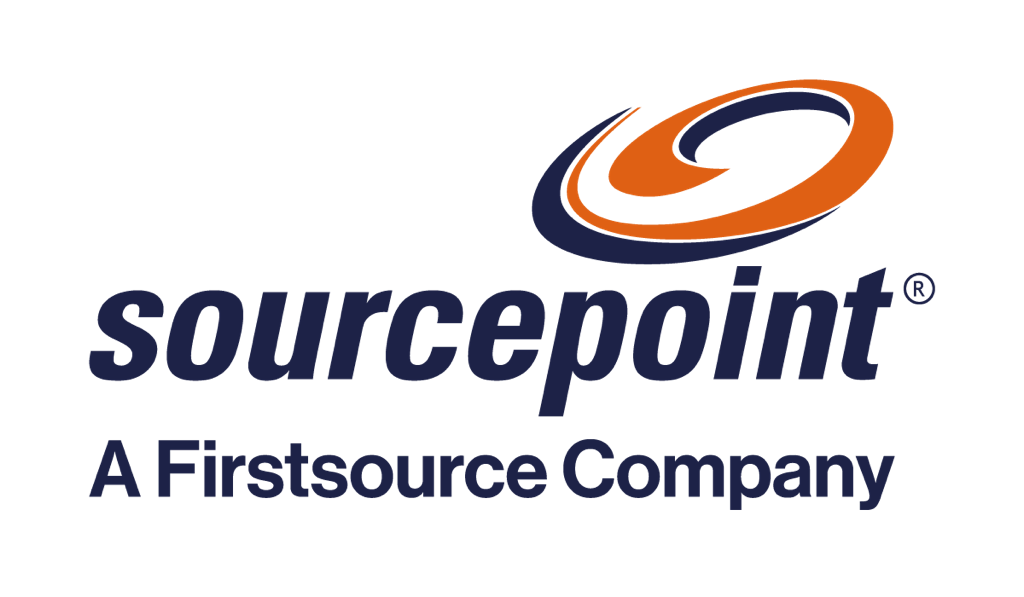The safety net that rural hospitals provide stretched closer to breaking during COVID-19, with 453 hospitals now at risk of closure, a recent survey found. For rural revenue cycle teams, exploring new approaches to financial engagement—including digitally—in light of revenue pressures and staffing shortages is one essential tactic for survival.
Today, the average rural hospital maintains just 33 days cash on hand, The Chartis Group survey found. While significant decreases in outpatient procedures during the pandemic play a strong role in financial performance busters, factors such as reduced reimbursement, population migration to urban areas and socioeconomic disparities also have put pressure on hospitals’ bottom line over the past decade.
But at the patient financial engagement level, there is another challenge that emerged during the pandemic: the shift away from face-to-face communications. For rural hospitals, which depended on the connections made during financial clearance to help patients make a plan for payment, the inability to personally engage patients removed a vital tool from the engagement process.
Digital engagement shows strong potential to close the gap between communication and action by appealing to rural residents’ desire for self-service. It’s also a privacy protector: In small towns where patients are likely to know the person on the other end of a phone line, the ability to manage patient finances privately, especially when 60% of consumers are living paycheck to paycheck.
At Memorial Regional Health at Craig, a rural system based in Craig, Colo., when an analysis showed 20% of patients who declared themselves “self-pay” actually had insurance, digital eligibility checks helped reduce charity care by 60%. And at another rural hospital, leveraging digital tools for financial engagement led to a 76% engagement rate.
Optimizing Digital Financial Engagement for Rural Hospitals
What should rural hospital revenue cycle teams consider in developing a digital approach to patient financial engagement? Here are four key considerations.
1. Look for an omnichannel communication approach.
Eighty percent of people prefer to communicate digitally with their healthcare providers, a recent survey shows, but their preferred vehicle for communications—from email to text—varies. For instance, Baby Boomers tend to prefer email communications, while millennials are more apt to respond to communications via text. That’s why an omnichannel approach is crucial. Once this is in place, ask consumers to indicate the way in which they would like to be communicated with. This results in a more personalized approach that meets consumers where they are and doesn’t rely on generalities by generation, increasing the potential for engagement.
2. Explore digital self-service options across the patient financial engagement continuum.
For instance, rather than settling on a digital solution that notifies patients when their out-of-pocket cost has been determined and sends them a link for payment, consider a range of self-service opportunities that could reduce cost to collect while strengthening engagement and satisfaction. Options to consider include aspects of financial clearance—from preregistration to patient identity and eligibility verification to cost estimates and prior authorization—as well as applications for patient financing or financial assistance, where applicable. During the pandemic, when contactless service for everything from Target pickups to fast-food orders became the new norm, consumers are ready for self-service patient financial encounters. Our experience indicates that patients are most likely to engage with digital financial communications after 8 p.m. or on the weekends, times when they are most likely to be unencumbered with other responsibilities.
3. Start with a test population to determine the return on investment.
When revenue cycle staffing shortages put stress on one rural hospital’s traditional collection model, revenue cycle leaders were open to exploring end-to-end digital engagement, from preservice estimates to payment. However, leaders wanted to start with a proof of concept by measuring the benefits of digital financial engagement with a test population, which comprised patients with a specific diagnosis. Thirty days after deployment, the results exceeded leaders’ expectations: 75% of patients engaged with digital omnichannel communications, with 30% stating that they preferred to self-serve their accounts. Furthermore, cash collections significantly exceeded traditional collection processes. “We’ve never collected this amount, especially without any face-to-face or voice interaction,” the revenue cycle leaders shared. Further, the hospital’s cost to collect was lower as well. From there, the hospital rolled out an all-digital approach across specialties and services.
4. Know what to look for in a digital provider.
It’s important to consider the company’s experience with other hospitals—including rural organizations—as well as the total cost to collect, the net increase in revenue that hospitals have experienced using their solution, and patient satisfaction. Leading hospitals have a satisfaction survey built into their digital solution, asking patients to rate their experience on a scale of 1 to 5. When the number is not as high as desired, offer patients the opportunity to explain why. Then, use this feedback to modify your approach.
By exploring sustainable, affordable digital solutions for financial engagement, rural hospitals can more effectively take pressure off their revenue cycle teams and their organization’s bottom line while providing a better experience for the communities they serve.
This article is written by Randall Shafer is executive vice president and global head, hospital business for Firstsource in Healthcare Business Today.










